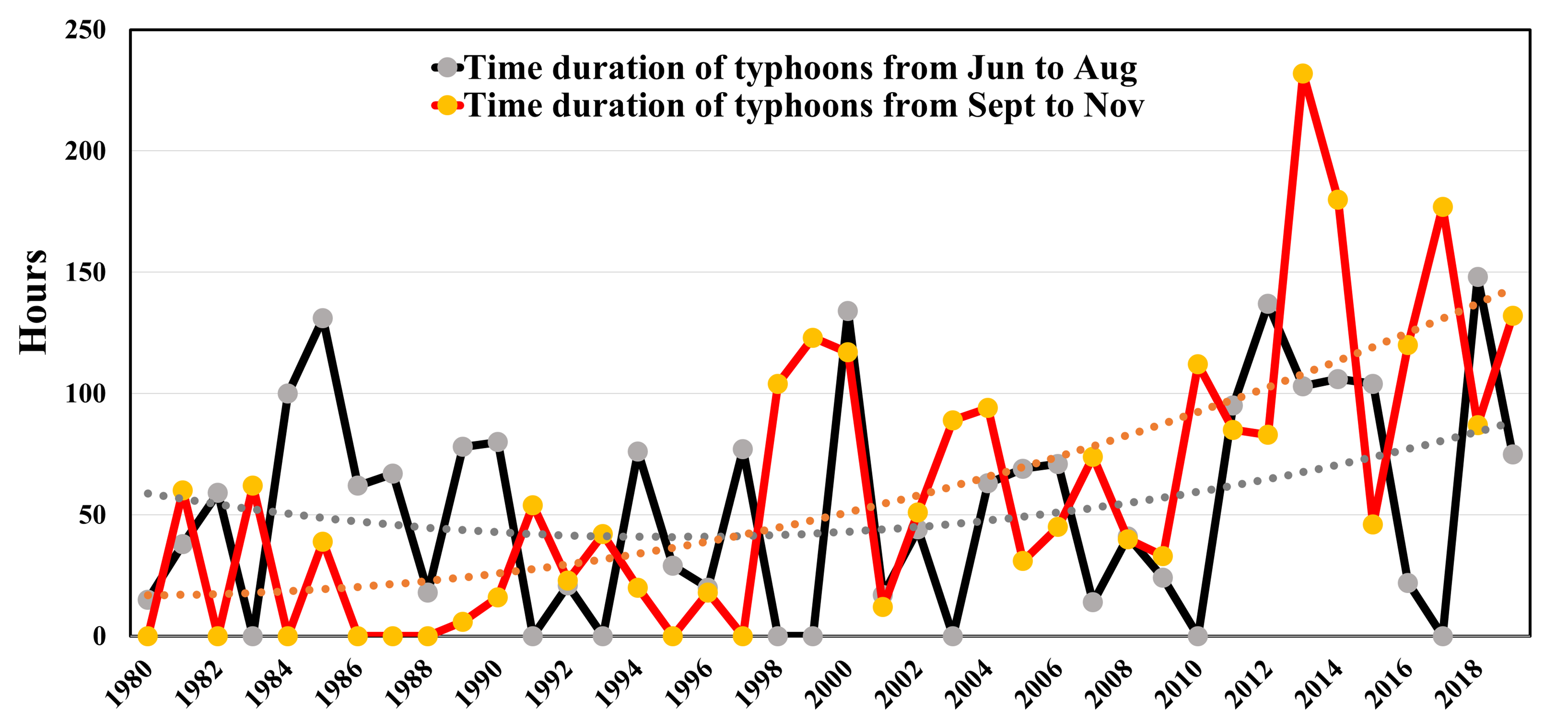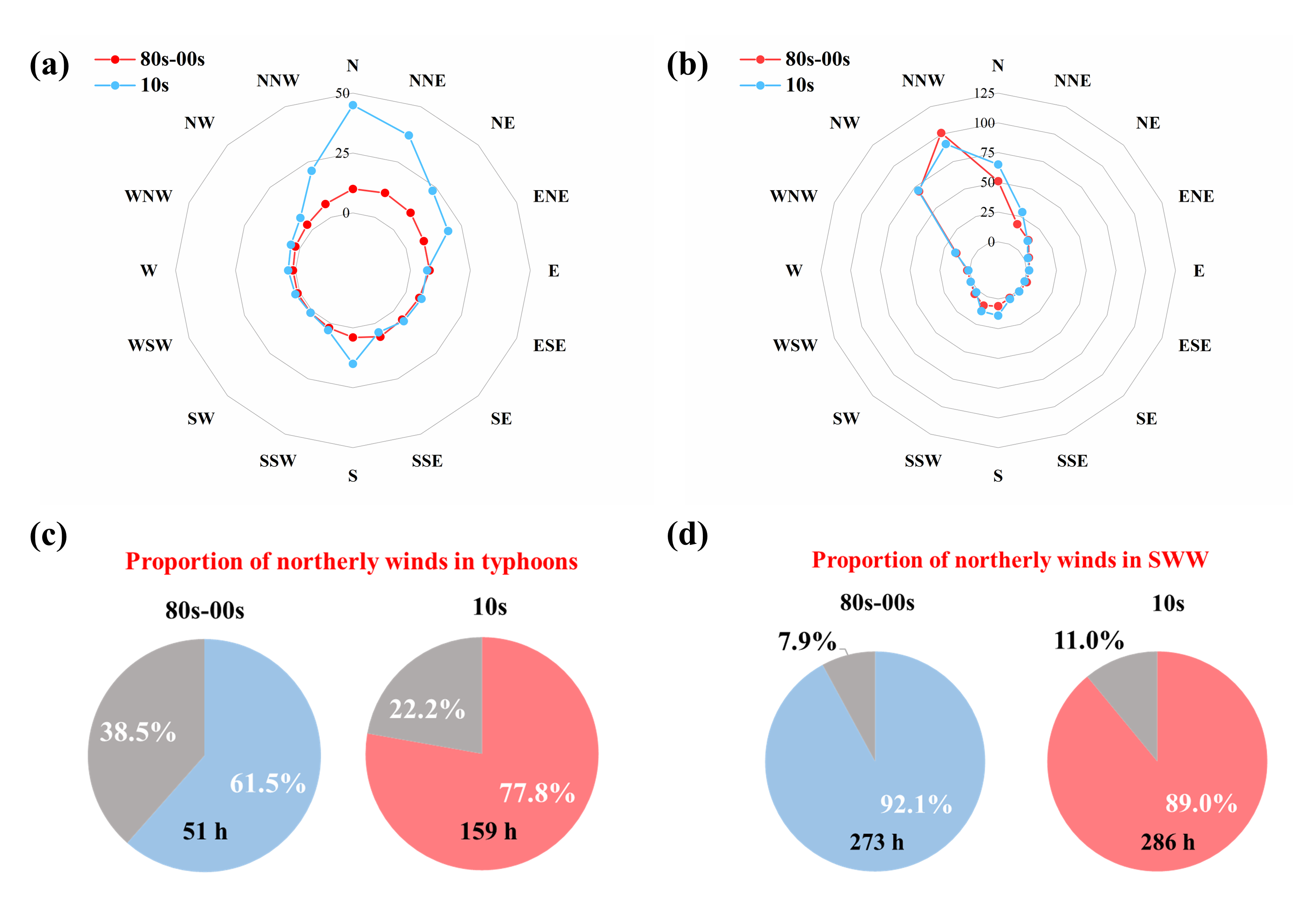Recently, WANG Zhihong, a doctoral student jointly trained by our office and Shanghai Jiao Tong University School of Oceanography, published a paper titled "Influence of extreme wind events on particulate organic carbon transport in the Yangtze Estuary in the past 40 years" in Remote Sensing of Environment (IF=13.8), the top international journal in the field of remote sensing. Impact Assessment" research paper, the corresponding author is researcher BAI Yan of our laboratory, and the collaborators include Professor WU Hui of East China Normal University, researcher HE Xianqiang, Dr. LI Teng, senior engineer GONG Fang of our laboratory, and doctoral candidates BAI Ruofeng and ZHU Bozhong of our laboratory.
In the context of global climate warming, the frequency of extreme weather events is increasing, and extreme events change the marine environment more significantly than normal, but relevant observational data are usually missing. Bai Yan's team previously constructed a method for estimating particulate organic carbon (POC) flux into the sea that combines GOCI remote sensing data and FVCOM numerical models (Wang, Bai*, et al., 2021; Liu, Bai* et al., 2019 ), which can quantitatively estimate POC three-dimensional flux changes with high spatial and temporal resolution. This study further coupled the wave module (FVCOM-SWAVE) on the basis of this model. Based on 40 years of NCEP wind field data statistics in the waters off the Yangtze Estuary, the hourly data of a single typhoon (No. 1215 "Bulawan Typhoon") was Scale simulation experiments, 4 sets of annual scale simulation experiments in typical wind field characteristic years (2001, 2007, 2013 and 2019), 8 sets of climate state scale simulation experiments of typhoons and winter gales in the past 10 years and the first 30 years, quantitative estimates and The impact of typhoon events and winter gale events on the Yangtze River POC transport flux into the sea was discussed.
In this study, we divide strong wind events (wind speed greater than 10.8 m/s) into typhoon events and seasonal strong wind events. The study found that the average annual total number of typhoon hours in the Yangtze River Estuary in the past 10 years was 2.4 times that of the previous 30 years; the frequency of strong wind events in the past 10 years has also experienced a seasonal shift, that is, typhoons in autumn and seasonal strong wind events in winter and spring. There is a significant upward trend (Figure 1). Through hour-scale simulation experiments of typhoons, we found that the typical typhoon "Bulawan" passing outside the Yangtze River Estuary from south to north (the number of strong wind hours is 36 hours) will increase the POC erosion outside the Yangtze River Estuary and the southward transport of POC (Figure 2 ); through annual-scale simulation experiments, we found that the proportion of northerly winds in extreme winds affects the southward transport of POC in the Yangtze River Estuary. Winter wind events that only account for 3.2% of the year (279 hours) transport the entire Yangtze River. 23.0% of the total southward transport of POC in the year; through climate state scale simulation experiments, we found that the proportion of northerly winds in extreme wind events has increased in the past 10 years (Figure 3), making the southward transport of POC in the Yangtze Estuary and Erosion increased by 15.9% and 2.8% respectively compared with the previous 30 years. Therefore, under the background of the increase in typhoons and winter windy weather in the Yangtze River Estuary in the past ten years and the autumn migration of typhoons, the sedimentation in the Yangtze River Estuary will decrease and the southward transport of materials in the Yangtze River will increase. This will have a great impact on the biogeochemistry and biogeochemistry of the Yangtze River Estuary and the southeastern coast of China. The carbon cycle process has an important impact. This study quantitatively demonstrates for the first time the impact of extreme windy weather on the POC flow and transport of large rivers into the sea. The method used to combine high spatial and temporal resolution remote sensing and numerical models is also useful for analyzing the impact of short-period extreme weather events on the transport of materials from rivers into the sea. The impact provides a new way of thinking.

Figure 1 The frequency and hours of typhoons in the Yangtze Estuary in autumn show an increasing trend. The black line represents the number of hours of typhoon events from June to August each year; the red line represents the number of hours of typhoon events from September to November each year.
Figure 2 (a) Typhoon path and (b) POC flux at each section outside the Yangtze River Estuary during the impact of Typhoon "Bulavan" (00:00 on August 26, 2012 - 13:00 on August 28, 2012). The red arrow represents the POC flux under the influence of the typhoon, the pink arrow represents the POC flux under the influence of the climatic wind field, and the blue arrow represents the difference between the two.
Figure 3 Statistics of the climatological average wind directions of (a) typhoons and (b) winter gales in the Yangtze River Estuary from 1980 to 2009 (red line) and 2010 to 2019 (blue line); the northerly wind direction in 1980-2009 and 2010-2019 Proportion of (c) typhoons and (d) winter gales.
Citation: Zhihong Wang, Yan Bai*, Xianqiang He, Hui Wu, Ruofeng Bai, Teng Li, Bozhong Zhu, Fang Gong, (2023). Assessing the effect of strong wind events on the transport of particulate organic carbon in the Changjiang River estuary over the last 40 years, Remote Sensing of Environment, 228C, 113477.


